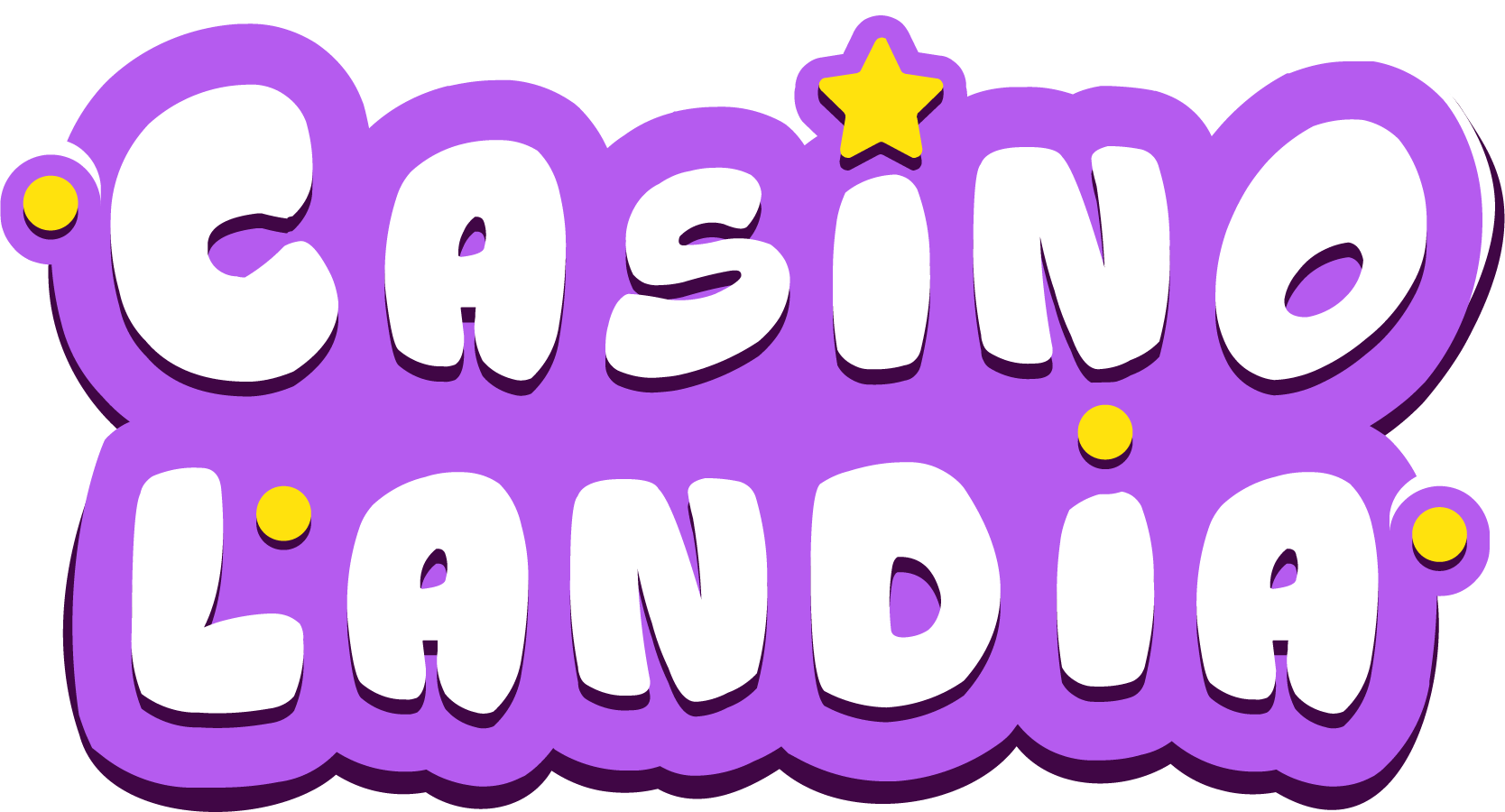Understanding Slot Terminology
If you’ve played several slots and researched about them, you might already know some of the behind-the-scenes technicalities. Developers use RNG, a Random Number Generator, as a foundation when creating slots. This mechanism ensures the slot produces random results on every spin for fairness. However, some things can influence how a slot works.
RTP and volatility are two of the most important technicalities behind a slot. You might have heard them when studying your favorite slots, but what are they? How do they contribute to the gameplay? Let us share more about slots' RTPs and volatilities.
What is RTP?

RTP is short for Return to Player. When you’re checking out an online slot, you’ll likely see this term alongside a percentage in the game’s information. This RTP percentage describes the potential return that a player can expect to win in the long run. Developers usually test their games over thousands of spins until they can calculate the game’s RTP percentage.
For example, when you’re playing a slot with a 96% RTP, the slot can give you $96 back for every $100 you wager. However, this doesn’t mean you’re guaranteed to win 96% of your total bet, as RTP is an average percentage. Not to mention, the developer either calculated the return theoretically or tested it over a high number of spins.
How to Leverage RTPs
Although RTP doesn’t guarantee how many winnings you can get, high RTP slots give higher winning potential. Therefore, choosing a higher RTP can be better for you in the long run.
The common RTPs among online slots are within 94% to 96%. This is the medium or the average RTP of slots you can easily find anywhere. One of the most popular slots is Mythic Wolf from Rival Gaming, which offers 94.6%. There’s also Festival Bonanza from BGaming, which offers exactly 96% and Golden Wolf from Saucify, which has an RTP of 95.96%.
Slots below 94% are considered to have a low RTP. Many jackpot slots have a lower RTP for their base game, but it’ll go higher when players enter the jackpot game. One of the examples is Bunny Bucks from Arrow’s Edge, whose base game offers 93.5%. Yet, there are also other non-jackpot slots with an RTP below 94%, like Dragon Gaming’s Candyland Bonanza with 93.72%.
Conversely, slots with RTP above 97% are in the high area. Finding slots with 99% RTP might be hard, but many options still give 97% RTP and up. For example, Winter Wonders by Rival has a 97.7% RTP and Aztec Warrior from Dragon Gaming has a 97.5% RTP.
What is Volatility?
The term volatility refers to how ‘risky’ the slot you’re playing is. All casino games or real money games have a degree of risk, as you’ll lose your money if you don’t hit a win. However, volatility levels can indicate your risk when playing one online slot.
Besides telling players about the risk of the game, volatility may also indicate the payout frequency of the game. In general, there are three levels of volatility, so let’s dig deeper into them.
High Volatility
Like its name, high volatility slots give a higher level of risk. These slots rarely produce wins, but once they hit, the win tends to be on the bigger side. If the player doesn’t wisely manage their bet size or doesn’t have enough balance to go the length, it’s not impossible to not hit any win at all, especially if they’re stopping early.
High volatility slots might intimidate some people, especially beginners. This is why it’s not rare for high volatility slots to face criticism due to their low win rate.
Despite the risk, high volatility slots are still popular amongst players. One of the examples in our gaming library is Battle Ops from Dragon Gaming. There are slots with even higher volatility, like Faded from BGaming, which the developer marked as very high volatility.
Low Volatility
Unlike high-volatility slots, low-volatility slots give frequent wins. However, they’re usually small wins that might even be lower than your bet size. Still, these small wins make it easier for players to play longer.
Some of the low-volatility slots in our library include Cleopatra’s Coins from Rival Gaming, an older slot released in 2006. Saucify’s Roaring 20s also offers low-volatility gameplay with an attractive The Great Gatsby theme.
Medium Volatility
Players who prefer to see frequent small wins but still have plenty of chances to see big wins, so medium-volatility slots will be the best choice. In short, medium-volatility slots are mixings between low and high-volatility gameplay. The game will provide enough small wins that won’t take too long to appear, but you’ll also occasionally bump into big wins.
One of the best medium-volatility slot examples is Freaks of Folklore from Dragon Gaming. You might also like Bigger Cash Win from Rival Gaming for a medium-volatility slot recommendation.
Other Volatility Levels
Low, medium, and high volatility levels aren’t the only labels you’ll find when browsing a slot collection. However, if you understand the three volatility types above, we believe you get what the rest describe.
You might find extreme or insane volatility levels, which are games with very high volatility. You might also encounter slots with a very low volatility. Developers also have games labeled with medium-low or medium-high volatility, generally a medium-volatility game that leans over more towards the high or the lower volatility area.



































